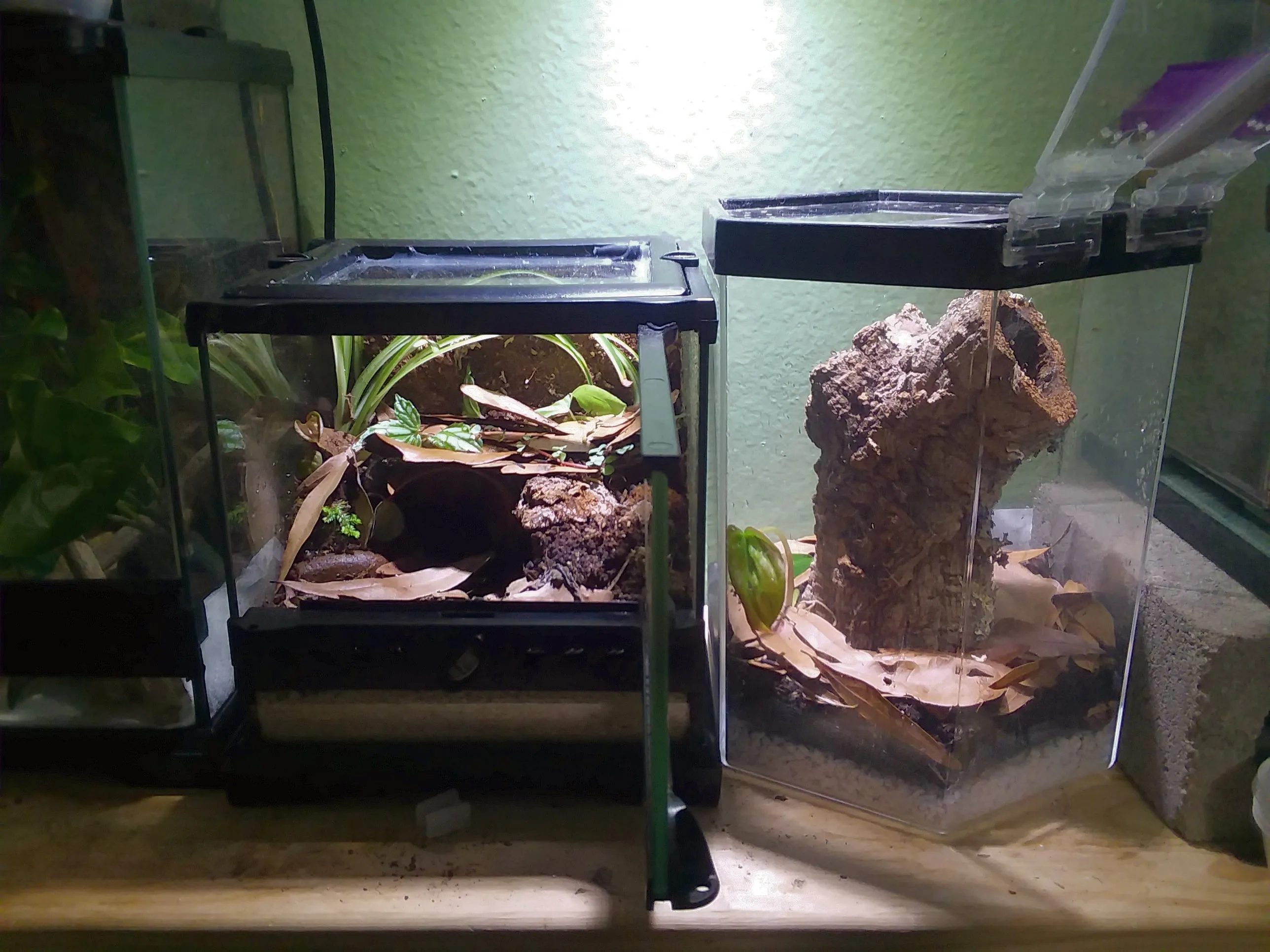What Makes the Best Tarantula Enclosure
Creating the best tarantula enclosure is crucial for your pet’s health, happiness, and longevity. A well-designed habitat mimics the tarantula’s natural environment, providing essential elements such as appropriate size, ventilation, substrate, decor, and climate control. Choosing the right enclosure isn’t just about aesthetics; it’s about understanding the specific needs of your tarantula species and providing a safe and stimulating environment where it can thrive. By following the best practices for enclosure design, you can ensure your tarantula enjoys a comfortable and enriching life, allowing you to observe its fascinating behaviors and enjoy its presence for years to come. Remember, a happy tarantula is a healthy tarantula, and the enclosure is the foundation of its well-being.
Size Matters Choosing the Right Enclosure Size
The size of your tarantula enclosure is a critical factor in its overall well-being. An enclosure that is too small can restrict movement and cause stress, while one that is too large can make it difficult for your tarantula to find food and feel secure. The dimensions of the enclosure should align with your tarantula’s size and species-specific requirements. Always prioritize providing enough space for the tarantula to move around, molt comfortably, and exhibit natural behaviors. The right enclosure size contributes significantly to the spider’s overall quality of life and helps reduce the likelihood of stress-related issues. Before setting up a new enclosure, research the specific space requirements of your tarantula species and growth stage to ensure the perfect fit.
Consider the Tarantula Species
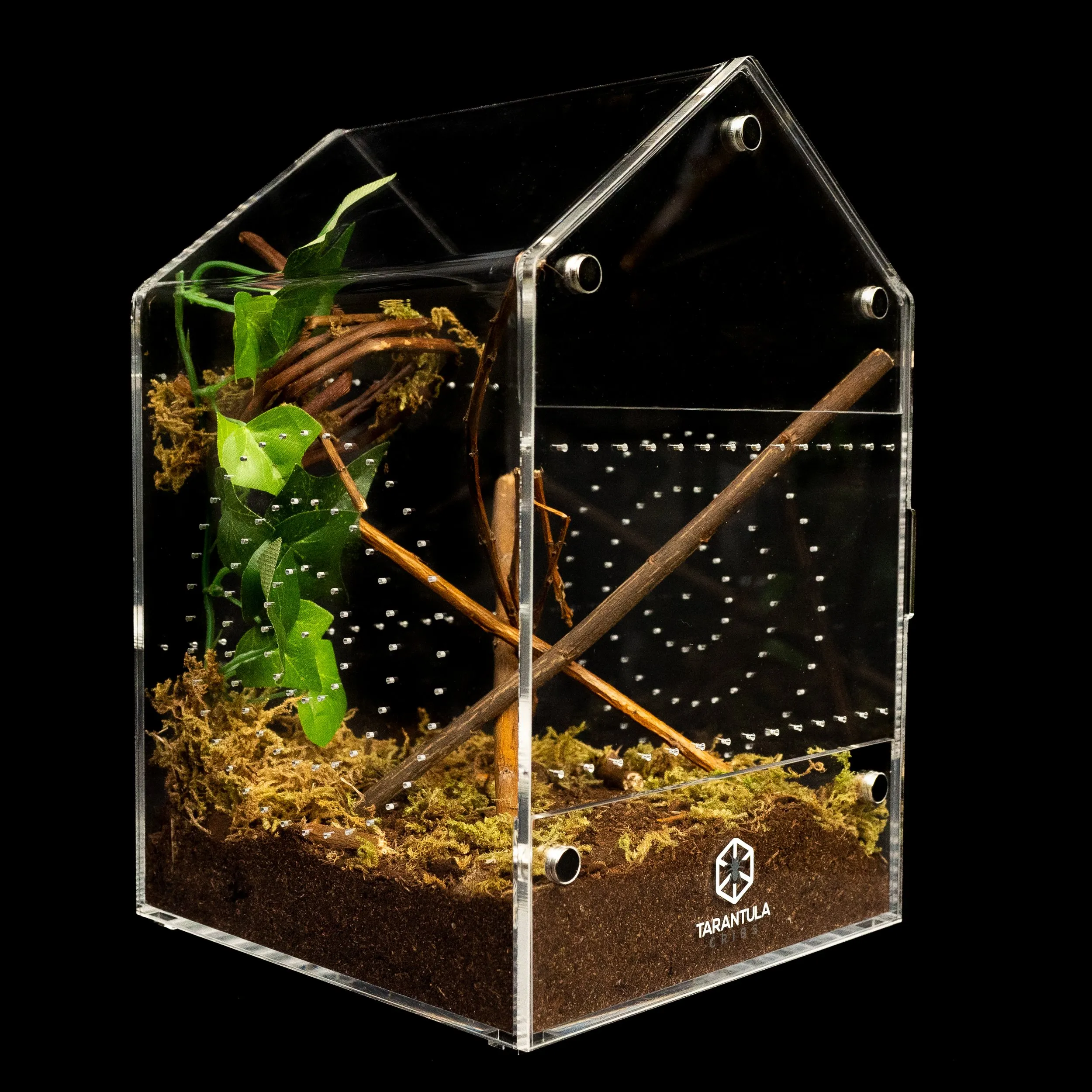
Different tarantula species have varying needs in terms of enclosure size. Arboreal species, which live in trees, require taller enclosures that allow for climbing, while terrestrial species, which live on the ground, need wider enclosures that provide adequate floor space for roaming. Research the adult size and natural habitat of your specific tarantula species to determine the appropriate dimensions for its enclosure. Some species, like the Chilean Rose, are relatively docile and can thrive in a more modest setup, while others, like the Goliath Birdeater, will need a considerably larger space. Failing to account for these specific requirements can lead to a stressed and unhappy tarantula.
Growth Stage of the Tarantula
A tarantula’s enclosure needs change as it grows. Spiderlings require smaller enclosures to feel secure and to make it easier for them to find food. As the tarantula molts and grows, you’ll need to upgrade its enclosure accordingly. Regularly assess your tarantula’s size and activity level. The goal is to always offer a living space that is appropriately sized for the tarantula to move around and feel safe. This growth-based approach ensures that your tarantula maintains a suitable habitat that accommodates its changing needs over time. It is often helpful to plan for future upgrades when first setting up a tarantula enclosure.
Ventilation Ensuring Proper Airflow
Adequate ventilation is crucial for maintaining a healthy environment inside your tarantula enclosure. Good airflow prevents the buildup of stagnant air, which can lead to mold growth, bacterial issues, and respiratory problems for your tarantula. Proper ventilation also helps to regulate humidity levels. The ventilation design should allow fresh air to circulate throughout the enclosure while preventing the escape of your pet. Achieving the correct balance is key to a comfortable and safe living space. Proper ventilation is often an overlooked, but very important factor in tarantula care.
Why Ventilation is Crucial
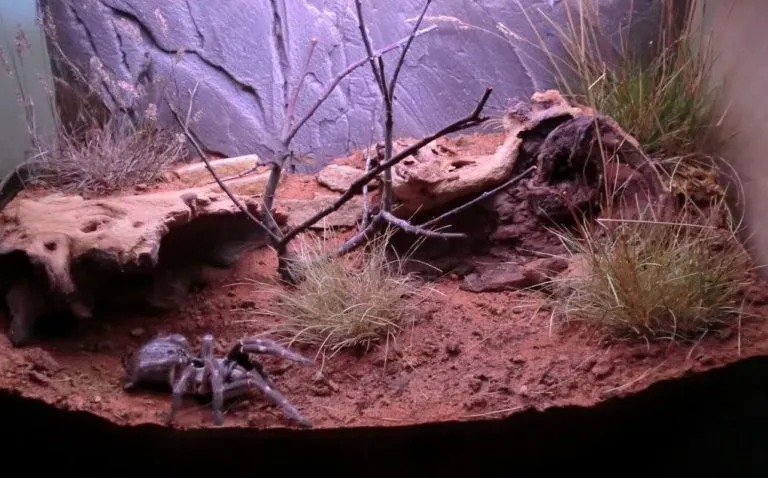
Poor ventilation creates a humid environment that fosters mold and fungal growth. These hazards can be detrimental to your tarantula’s health, leading to respiratory infections, skin problems, and overall weakness. Adequate airflow helps to disperse the buildup of ammonia from waste products, preventing the development of toxic conditions inside the enclosure. Proper ventilation also helps to regulate the temperature within the enclosure, preventing overheating. Regular ventilation also ensures that fresh oxygen is consistently available and promotes the longevity of your tarantula.
Ventilation Methods
There are a few common methods for providing ventilation in tarantula enclosures. Cross-ventilation, where air enters from one side and exits from the other, is often the most effective. This can be achieved through strategically placed vents or a combination of vents and mesh tops. Some enclosures feature ventilation panels on the sides or top, allowing for continuous airflow. Avoid enclosures with only a single vent, as these can lead to uneven airflow and humidity. Ensure that the ventilation system is appropriately sized for the enclosure and does not create drafts that could stress your tarantula.
Substrate Selection for a Healthy Habitat
The substrate is the bedding material in your tarantula’s enclosure, and it plays a vital role in creating a comfortable and functional environment. The right substrate absorbs waste, regulates humidity, and allows your tarantula to burrow, which is a natural behavior for many species. The choice of substrate should be based on the needs of your tarantula species, the ease of maintenance, and the overall aesthetics of the enclosure. Choosing the wrong substrate can lead to health problems, and even behavioral issues, for your tarantula. Research your tarantula’s specific needs before making your final substrate selection.
Ideal Substrate Types
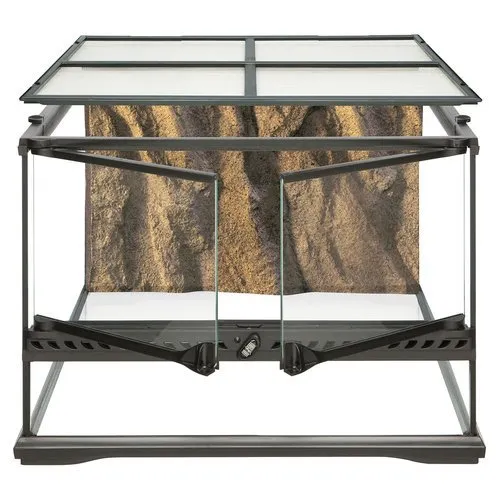
Common substrate choices include coconut fiber (coco coir), peat moss, and a mix of these materials. Coco coir is a great option for maintaining humidity and it is readily available. Peat moss holds moisture well and can create a more naturalistic look, but may also be more acidic. Some keepers choose to mix coco coir with peat moss. Avoid using substrates that are chemically treated or contain harmful additives. The ideal substrate should be non-toxic, absorbent, and resistant to mold and fungal growth. You can also incorporate other natural materials, like sphagnum moss, for added humidity control and enrichment.
Substrate Depth and Maintenance
The depth of the substrate should be appropriate for your tarantula species, considering their burrowing behaviors. Terrestrial species typically need a deeper substrate to create burrows, while arboreal species may require a shallower layer. Regular substrate maintenance is essential for maintaining a healthy environment. Spot-clean the substrate regularly to remove waste and uneaten food. Replace the substrate entirely every few months, or sooner if needed. The frequency of substrate replacement depends on factors such as the species of tarantula, the size of the enclosure, and the level of waste accumulation. Always use gloves when handling the substrate, and dispose of the old substrate properly.
Providing Essential Decor and Hiding Spots
Tarantulas, like all living creatures, benefit from environmental enrichment. Providing decor and hiding spots in your tarantula’s enclosure is crucial for promoting its well-being, reducing stress, and allowing it to express natural behaviors. The right decor provides security, stimulates the spider, and makes the enclosure a more interesting and engaging environment. The design choices will significantly affect your tarantula’s overall comfort and happiness. A well-decorated enclosure will also enhance the visual appeal of your tarantula’s habitat.
The Importance of Hiding Places
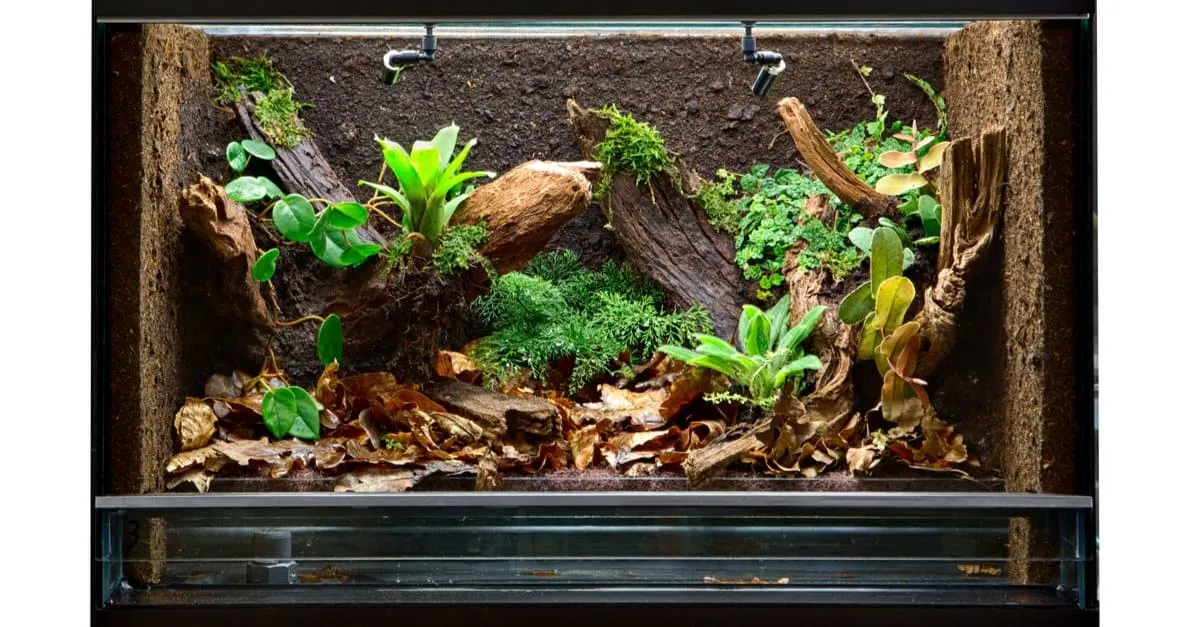
Tarantulas are naturally secretive creatures and they need a safe place to hide. Providing a hide, such as a cork bark, a half log, or a commercial hide, allows your tarantula to feel secure and retreat from the outside world when it feels threatened or wants to rest. Hides reduce stress and enable your tarantula to express its natural instincts. The hide should be appropriately sized for the species and the tarantula’s growth stage. Make sure the hide is placed in a stable location. Providing a safe space is paramount to the tarantula’s health and well-being.
Decorating for Enrichment and Security
Besides hides, you can decorate the enclosure with other items that stimulate your tarantula. These can include artificial plants, branches, and rocks. Avoid using anything that is sharp or could pose a hazard to the tarantula. Ensure any decorations are non-toxic and will not release chemicals into the enclosure. The addition of decor creates a more natural and engaging environment, encouraging exploration and play. Carefully consider how your design choices will affect your tarantula’s lifestyle and create a space that is both beautiful and functional. Consider adding climbing structures or moss for added visual interest.
Temperature and Humidity Control
Maintaining the correct temperature and humidity levels is vital for the health and survival of your tarantula. Tarantulas are ectothermic, meaning they rely on their environment to regulate their body temperature. Humidity levels are critical for the molting process. Consistent monitoring and adjustment are crucial for providing a safe and comfortable living space for your tarantula. Failure to properly control the environment can lead to health problems and a shortened lifespan. Precise control of these parameters is essential to a healthy and happy tarantula.
Monitoring and Maintaining Optimal Conditions
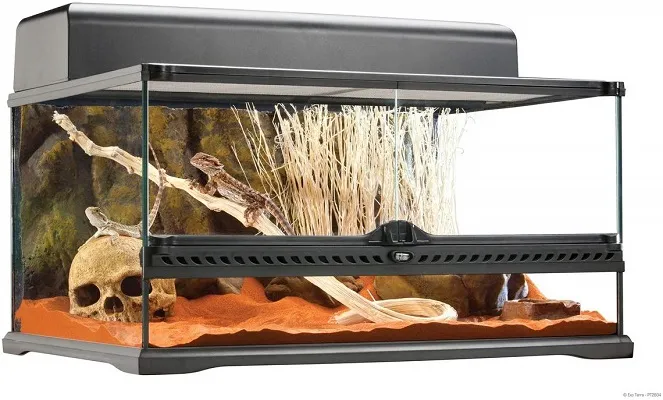
Use a thermometer and hygrometer to monitor the temperature and humidity inside the enclosure. Place the instruments in a location where they are easily visible. The ideal temperature and humidity levels vary depending on the species of tarantula. Research the specific requirements of your species and adjust the environment accordingly. Regularly check the readings, and adjust your methods to maintain the desired levels. Common adjustments include misting the enclosure, using a heat source, and increasing or decreasing ventilation. Consistency is key to providing a stable environment.
Heating Options and Considerations
If supplemental heating is needed, use a heat mat or ceramic heat emitter. Place the heat source outside the enclosure to avoid direct contact with the tarantula. Never use a heat source without a thermostat to prevent overheating. Position the heat source to create a temperature gradient, allowing your tarantula to choose its preferred temperature zone. Avoid using heat rocks, as they can cause burns. Always monitor the temperature regularly to ensure the heat source is functioning correctly. Heat sources, such as a heat mat, are important during colder months.
Conclusion
Creating the best tarantula enclosure requires careful planning, research, and attention to detail. By focusing on the five essential tips – size, ventilation, substrate, decor, and climate control – you can create a thriving habitat that promotes your tarantula’s health, happiness, and longevity. Remember to research the specific needs of your tarantula species and adjust your setup accordingly. Consistent monitoring and maintenance are essential for providing a safe and enriching environment. With the right knowledge and dedication, you can enjoy the fascinating world of tarantulas while providing your pet with the best possible care.
